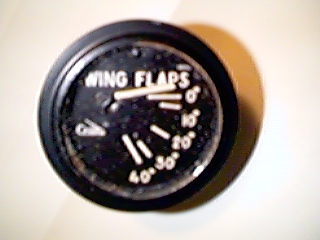I think it's nuts to do a touch in go with 40 deg of flaps, especially at the 2999' rwy I practice at.
Sounds like you've got your facts very crossed up.that makes sense then as to why we take off with 15-20 deg of flaps then.
-Nuts to land with full flaps on a short runway and
you take off with 15-20deg of flaps?? What's your CFI teaching you?


